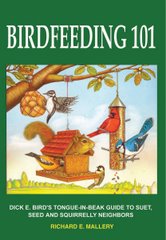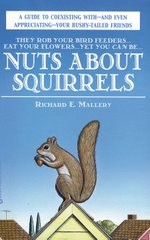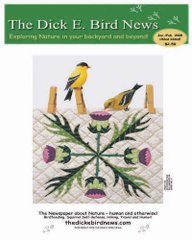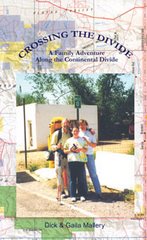
I am often asked why so many people find it important to feed their wild birds. Is there not enough natural food to go around? The answer to the natural food question is usually yes. In most areas wild birds can eke out an existence on what Mother Nature provides. So could you for that matter, but I usually see most of you in the cookie aisle at the grocery store.
The food we provide for our backyard buddies is usually high quality, easily accessible, and a welcomed energy source for wildlife that is often already stressed in many ways by loss of habitat and continual change to their environment, which they have no control over.
The majority of us feed our wild birds because we want them close. They are a source of enjoyment that continually entertains and amazes us. Those who contend that birds can find all they need in the wild, fail to mention it might be a little hard to find the wild anymore. What happens if you’re a bird and your wild turns into a planned unit development? The first thing I’d do is head straight for a yard full of bird feeders and settle down.
Many of the birds you enjoy all summer spend the winter in the Amazon rain forests trying to survive in an ever-decreasing habitat in that part of the world. We feed birds for many reasons, but one has to be an inner need to come close to nature, to experience its complex simplicity, and to take an appreciation from it. What we put out for them not only fills out their diet but also feeds our soul with a much-needed reminder that we too are a part of this circle called life.
It is estimated that 80 to 100 million people are feeding wild birds in North America. It is the fastest growing pastime of the decade. It is almost un-American not to have a bird feeder in your backyard. If you do not want to feed your birds everyday, only feed on days the sun comes up in the east and goes down in the west. You might also want to see a psychiatrist because you are surely not normal. If you are one of those hard-nosed holdouts who say they should only eat natural food, then get out there and plant them some!
• Since the forelimbs of birds are adapted for flying, it is necessary for them to have well developed bills and feet for grasping and holding food, and also as their chief weapon for defense.
• The drinking habits are similar in many birds. It is very interesting to see them fill their bills and raise their heads to let the water run down their throats.
--Dick E. Bird
The food we provide for our backyard buddies is usually high quality, easily accessible, and a welcomed energy source for wildlife that is often already stressed in many ways by loss of habitat and continual change to their environment, which they have no control over.
The majority of us feed our wild birds because we want them close. They are a source of enjoyment that continually entertains and amazes us. Those who contend that birds can find all they need in the wild, fail to mention it might be a little hard to find the wild anymore. What happens if you’re a bird and your wild turns into a planned unit development? The first thing I’d do is head straight for a yard full of bird feeders and settle down.
Many of the birds you enjoy all summer spend the winter in the Amazon rain forests trying to survive in an ever-decreasing habitat in that part of the world. We feed birds for many reasons, but one has to be an inner need to come close to nature, to experience its complex simplicity, and to take an appreciation from it. What we put out for them not only fills out their diet but also feeds our soul with a much-needed reminder that we too are a part of this circle called life.
It is estimated that 80 to 100 million people are feeding wild birds in North America. It is the fastest growing pastime of the decade. It is almost un-American not to have a bird feeder in your backyard. If you do not want to feed your birds everyday, only feed on days the sun comes up in the east and goes down in the west. You might also want to see a psychiatrist because you are surely not normal. If you are one of those hard-nosed holdouts who say they should only eat natural food, then get out there and plant them some!
• Since the forelimbs of birds are adapted for flying, it is necessary for them to have well developed bills and feet for grasping and holding food, and also as their chief weapon for defense.
• The drinking habits are similar in many birds. It is very interesting to see them fill their bills and raise their heads to let the water run down their throats.
--Dick E. Bird









